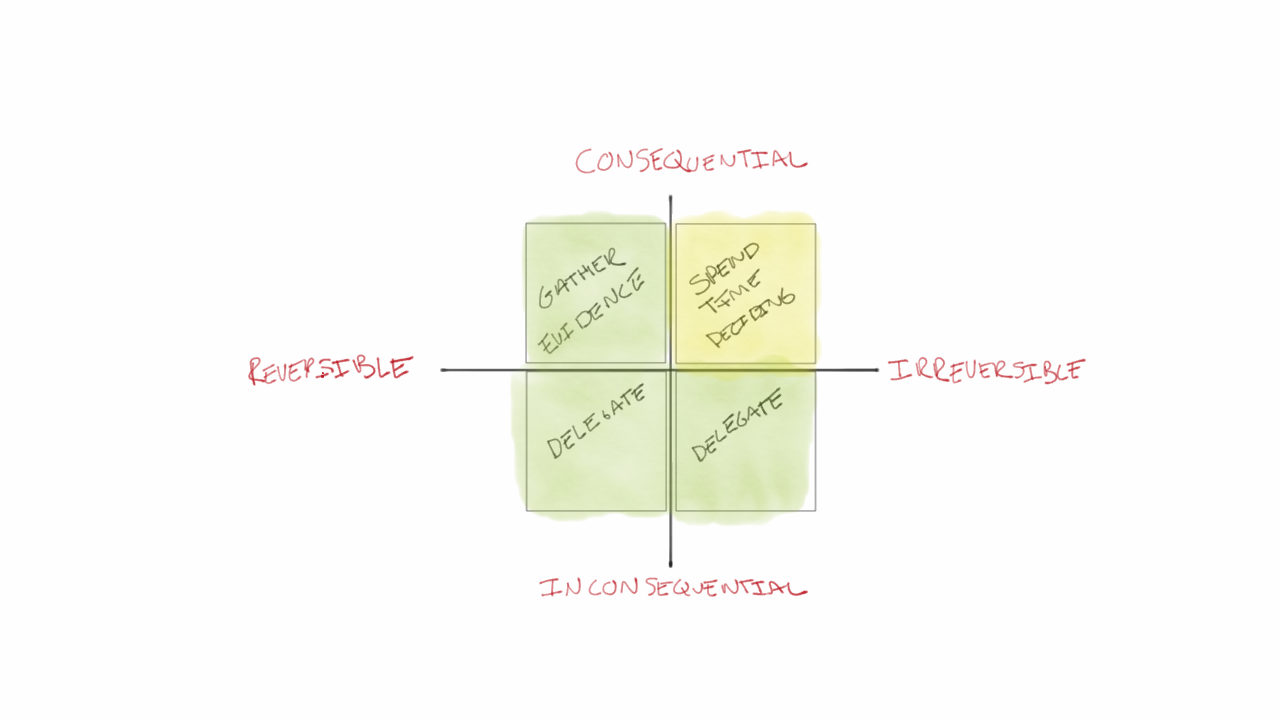Saved by Simon Joliveau Breney
Qualitative Cost of Delay

Turn your feature backlog into an actionable matrix of prioritized initiatives using these three frameworks:
Louisa Henry • Use a Product Value Matrix to Prioritize Your Roadmap — Reforge

Qualitative Cost of Delay
Saved by Simon Joliveau Breney

